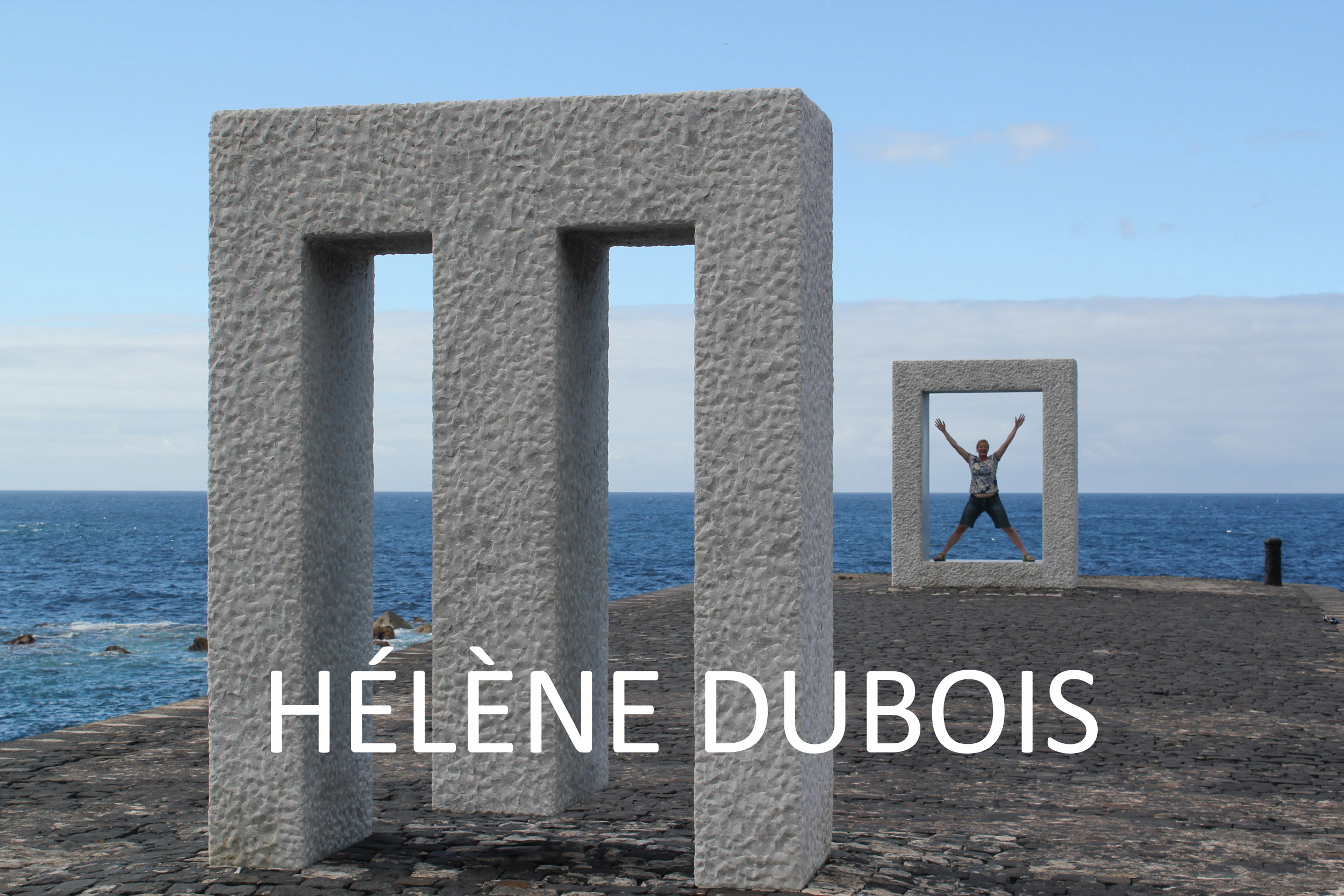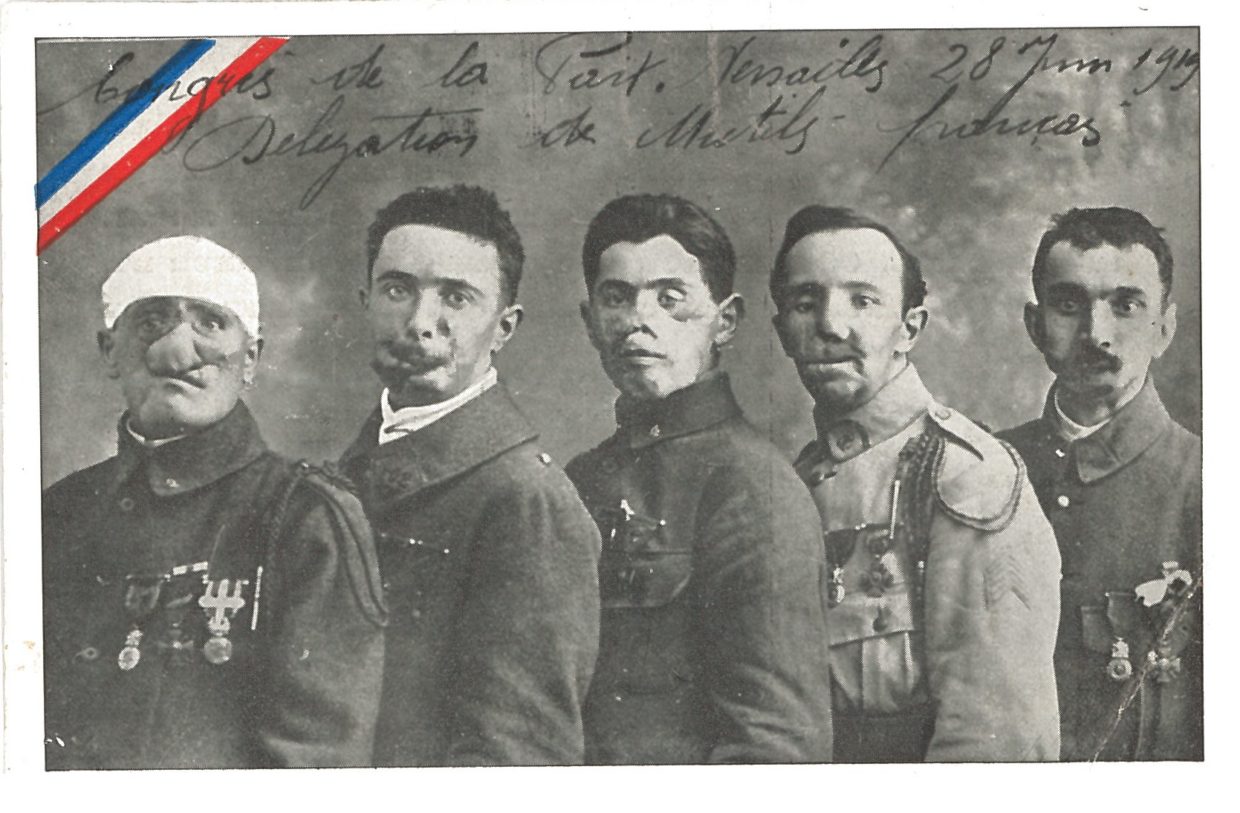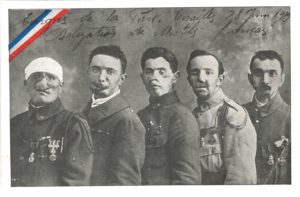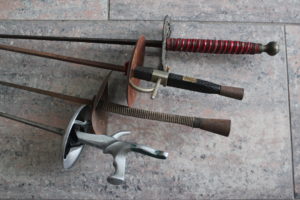The Gueules Cassées
The First World War left 21 million wounded. Bombs, shrapnel and mustard gas left horrible wounds. Those with deformed noses, mouths, and eyes became the ‘blessés de la face’, the mutilated of the face; better known as the ‘gueules cassées’ or broken faces.
Clemenceau wanted to show the enemy what the war had done. He asked a delegation of five of the gueules cassées to witness the peace signature at Versailles. The German emissaries (Dr Johannes Bell and Herr Herman Muller) had to pass the gueules cassées to reach the place where they signed the armistice. The gueule cassée delegation was composed by (f.l.t.r.): Eugène Hébert (1957), Henri Agogué (1895-1935), Pierre Richard (1965), Albert Jugon (1890-1859) and Andre Cavalier (1890-1976).
Plastic surgery and camouflage
Grenades, shrapnel, machine guns and mustard gas inflicted wounds not seen before on the battlefield. How to repair a face which has been blown apart? During the Great War reconstruction surgery was developed by people like Dr Harold Gillies, a New Zeelander from Cambrigde University, or the French Hyppolyte Morestin. Reconstrucion could take years. For example, Albert Jugon, one of the five gueules cassées who witnessed the peace treaty of Versailles, underwent surgery from 1914 to 1920. There were reconstructions couldn’t be carried out successfully, masks helped camouflage the scars. Many were made by an American sculptor Anna Coleman.
Sports
Prior to the Great War, medicine hadn’t concerned itself with adults with disabilities. They were simply not worth the effort. Victorians associated physical disability with mental defectiveness and ill character. But the war, with so many brave men wounded, changed that. Sports, previously a training for the military, became a physical therapy. Fencing, a physical exercise practiced in the army, was one such sport. In fencing the use of the grip developed by the Italian Visconti was adopted by those who had sustained injuries in the hand. Nowadays it is the favored grip for fencers.



